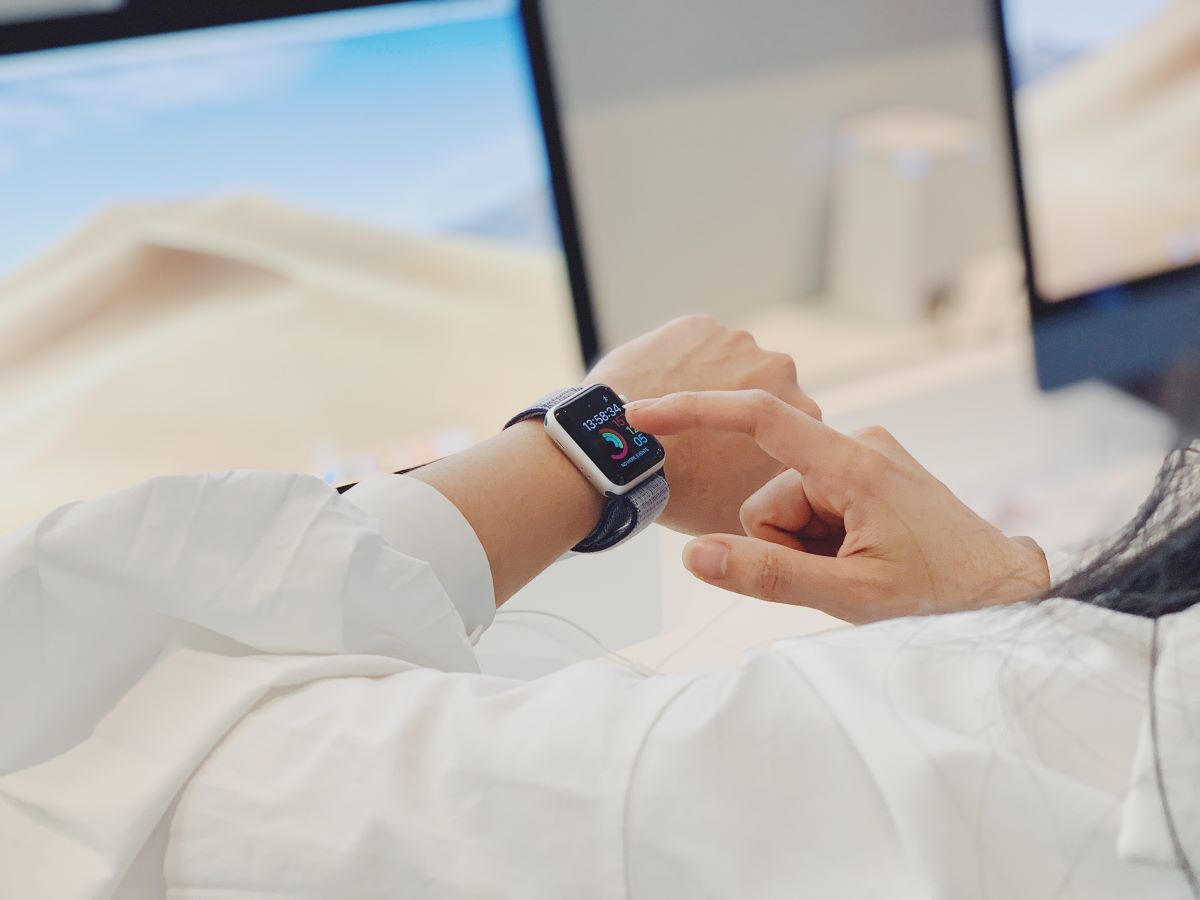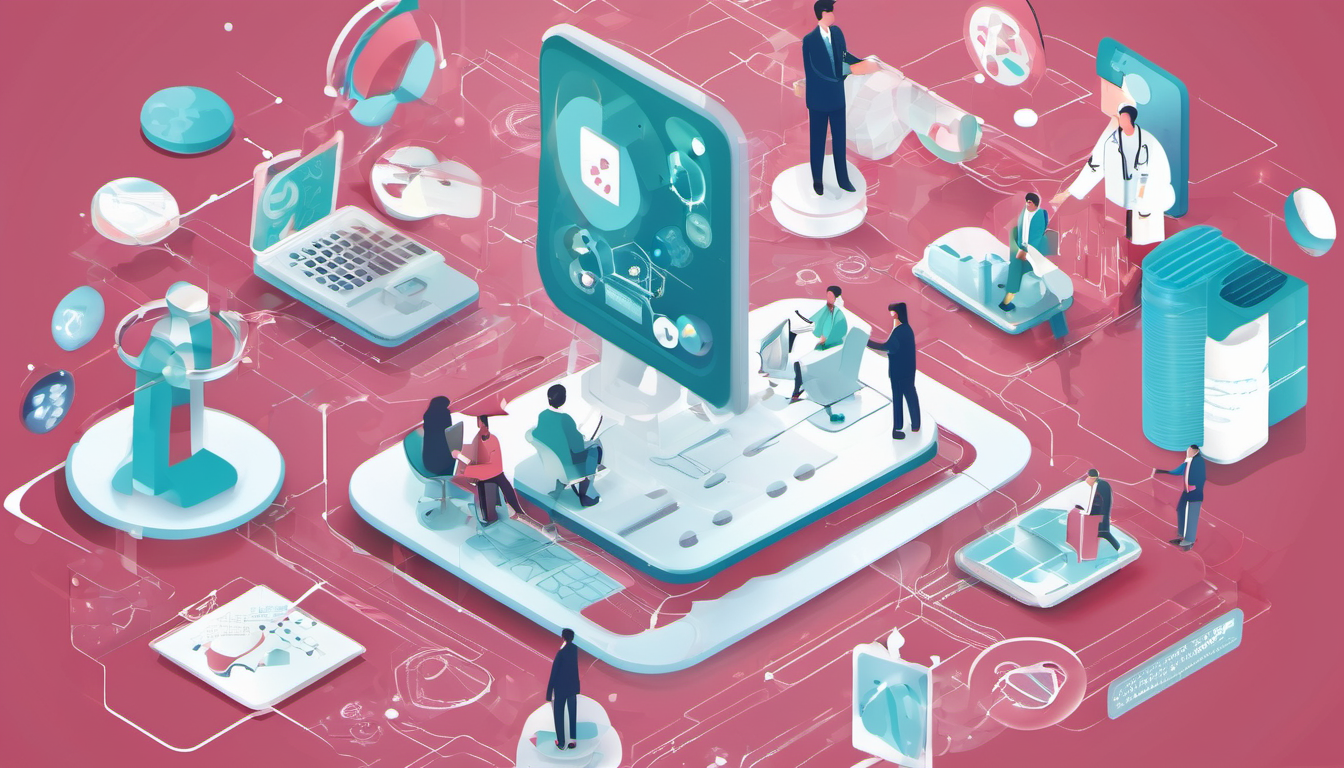Yesterday I talked about my Top 10 Digital Health News in 2002 and today is the turn of wearables news in 2022. You know that I’m a wearables embassador and I truly believe that wearables could help to improve our health, so, for that reason I’d like to share with you my Top 10 Health Wearables News in 2022:
Wearables and AI will be The Game Changer in Healthcare
The game changer in healthcare is going to be the combination of wearables and AI (Artificial Intelligence). We all know that wearables bring immense value in capture health data and they will be crucial for healthcare delivery of the future. Artificial Intelligence (AI) can do so much, from analysing large amount of data, early diagnostics, automation of processes and benchmark many medical practices.
Artificial Intelligence capabilities are many and extremely valuable. One of the challenges that we encounter today is fact that Doctor’s time is reduced and very limited, so the Doctor cannot deal with patients’ data and being asked to create inexistent time is more less impossible. That’s were AI comes in.
Wearables are already being used to monitor heart rate, body temperature, blood pressure and glucose levels. Artificial intelligence (AI) can do a lot more.
For instance, nowdays wearables are able to read the movements of the user and understand their commands to optimize the fitness and health metric.
Wearables are already being used to monitor heart rate, body temperature, blood pressure and glucose levels. Artificial intelligence (AI) can do a lot more. For instance, in the near future, wearables will be able to read the movements of the user and understand their commands to optimize the fitness and health metric. Being able to analyze such data is just one of many possibilities that AI has open for your wearables!
So as any business leader out there who is struggling with adoption in their marketplace, it’s time you start thinking about these exciting options for your wearables!

Read more about this health wearables news here
Top 5 Wearable Device Related Barriers
Wearables (also known as wearable technology, wearable devices or just wearables) are technology that is worn on the body, which includes watches and other devices. These can come in forms like smartwatches and fitness trackers. Wearables are not a very new concept but wearable devices are still evolving.
Wearable devices are the next big thing. While this is not very new, wearables that work in healthcare is still new to many. In healthcare and related fields wearables are used to track the health data of patients to improve care and make better decisions for treatments.
Wearable fitness gadgets have been around for a few years, but most have been designed to track basic health signals through sensors such as heart rate and steps walked. The emergence of wearables in healthcare is enabling patients with chronic conditions and clinicians to more closely monitor a range of health issues, and hopefully improve patient’s lives.
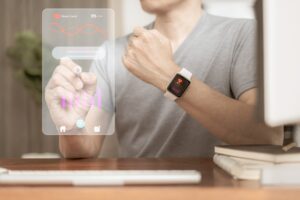
Read more here
Wearable Medical Devices: Opportunities and Challenges
We believe there are several reasons why patients may be unaware of the significant potential benefits of wearable medical devices.
We are going to talk about wearable medical devices and their opportunities and challenges. It’s not easy to sell a medical device. It doesn’t look like your current medical devices, and it doesn’t work exactly the same way. Having said that, we think it is extremely important for medical device companies and medical device users alike to understand how we are different and what makes us uniquely valuable. We believe that if you want to make a compelling case for why people need your products, then you have to engage with their needs in the right way.

Read more about this health wearables news here
Digital Biomarkers, Wearables or Both for Clinical Trials?
Digital biomarkers are objectively quantifiable measures related to a clinical outcome, captured digitally. Digital biomarkers can be used to monitor and track health over time, enabling researchers to assess and compare patient outcomes across different clinical trials.
The value of digital biomarkers is in their ability to track patient health indicators over time because they allow for objective assessment of the effectiveness of treatments and interventions. Such measurements are not only useful for monitoring treatment and prevention, but for tracking overall health.
Digital health wearables enable patients to monitor their own medical conditions using wearable devices that do not preclude normal daily activities.Within this context, digital biomarkers provide new insight into the improvements that can be made in the lives of people who have a chronic illness or disease (e.g., diabetes).

Read more here
Remote Patient Monitoring by Wearables in Healthcare for Patients and Clinicians
Many people are traveling, working long hours, and staying at home for extended periods of time. These are some of the reasons why remote patient monitoring by wearable technology is becoming increasingly popular.
Remote monitoring by wearables can benefit clinicians and patients and explore the existing challenges they encountered in the first-generation wearables products. Numerous studies have shown patient adherence statistics indicate nonadherence is the biggest problem that clinicians face in managing chronic illnesses. While this can be attributed to factors such as discomfort, side effects, expense, and inconvenience, it can also be because patients simply lose motivation to maintain their medication schedules. Remote Monitoring by wearable devices is a relatively new field in healthcare. It offers many advantages, like helping improve patient health outcomes, supporting self-management behaviors, delivering care when and where it’s needed, and reducing costs for both patients and health care systems.
Remote monitoring by wearables provides both clinical and patient benefits, these new connected solutions for patients can improve patient outcomes, reduce disease management costs do not require capital investment from the healthcare system, and more.

Read more about this health wearables news here
The Intersection of Wearables & Sensors in MedTech
The intersection of wearables and sensors in medtech is an exciting one. We’ve already seen the use of wearables as a way to track our physical activity, but there’s more to it than that.
The way we think about exercise has changed over time. It used to be about sweating and running; now it’s about using the right tools to stay healthy, even if you’re not working out.
When it comes to health and fitness, wearables are helping us find new ways to measure progress and keep ourselves accountable through data. But when it comes to medical devices, they provide something else entirely: the opportunity for patients to take an active role in their own care by providing them with real-time information about their bodies and conditions—and ultimately leading them toward better outcomes.
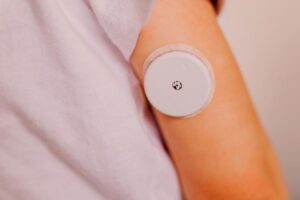
Read more here
Top 5 Wearables Trends 2022 – 2023
We are in the midst of a wearable technology revolution. From smartwatches and fitness trackers to smart glasses and hearing aids, there is a wearable device to suit every need.
Wearables are becoming increasingly common, but they’re far from being a mainstream technology. As we advance through time, wearables will continue to evolve and have a greater impact on our lives. In fact, new trends are just starting to take shape for 2022
In this blog post, we will explore the top 5 wearables trends for 2022:
- Smart hearables
- Smart watches
- Smart patches
- Smart clothing
- Smart implantables

Read more about this health wearables news here
The Use of Wearables and Biometrics in Healthcare
We should think about wearables as new kinds of biometrics spewing off data.
There is a new wave of wearable biometric technology out. Wearables are offering a next step in healthcare. You can now prove the results of your health records with a wearable device. A wearable is an implantable device that is worn by patients and used to record data about their health and fitness.
We should think about wearables as new kinds of biometrics spewing off data. Whilst digital heath is a more generic term for these devices, we think it would be useful to distinguish between biometrics (measurements) and biometric (mechanisms that measure the differences between body parts) in this context, which are both important for clinical use.

Read more here
Wearable Technology for Long-term Diseases: The Many Benefits
Wearable technology can help to prevent and treat serious diseases. By using wearable technology, patients can be kept comfortable and connected while being treated. These technologies can also monitor health and vital signs, providing real-time information to clinicians.
The many benefits of Wearable Technology for Long-term Diseases include:
- Reducing stress and anxiety
- Helping to improve sleep quality
- Reduced risk of developing chronic diseases such as heart disease, stroke, diabetes, obesity, and several types of cancer
- Promoting physical activity and Joining forces with healthcare professionals to provide better patient care
- Enhancing communication and collaboration between healthcare professionals
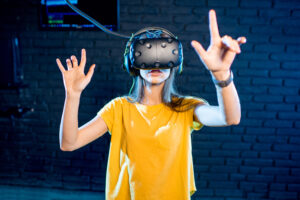
Read more about this health wearables news here
Wearable Technology Is Already Changing Our Lives And It’s Just Getting Started
Wearable technology is already changing how we live and work. This technology integrates with our devices to track and monitor our health. By tracking our physical and emotional well-being, wearable technology can help us better understand ourselves and improve our overall health.
In the workplace, wearable technology can reduce the risk of injury by helping employees avoid dangerous situations. For example, a smartwatch can track your heart rate throughout the day, which helps you recognize when you’re getting stressed out or need to take a break from work.
You go to bed at night and hope you wake up feeling refreshed. But that might not be the case in the morning. Your body is used to being tired, so it’s not until later in the day that your body can really start digesting food. And when you eat, your digestive system starts working hard to break down those nutrients. As we move into the future, our bodies will need more and more connected devices to keep track of our health and well-being.
For example, there are now devices called “Internet of Things” (IoT) that can monitor everything from our sleep habits to our physical activity levels. This type of technology is changing how we work and live, so it’s important for businesses to understand what it means for their industry and their customers.

Read more here
If you want to get the best health wearables news, you can visit our website, Digital Salutem. We will update digital health and wearables news every week, so please keep contact with us every week! If you have any feedback or suggestion about wearables and digital health news or anything, please don’t hesitate to send email to us! Check our YouTube Channel, Digital Health & Wearables Series. To find out more about how we can help you with your Digital Healthcare Transformation, Healthcare organizational growth, or Healthcare brand positioning, please get in touch via phone +44 (0) 203 3620421 or via e-mail: info@digitalsalutem.com

